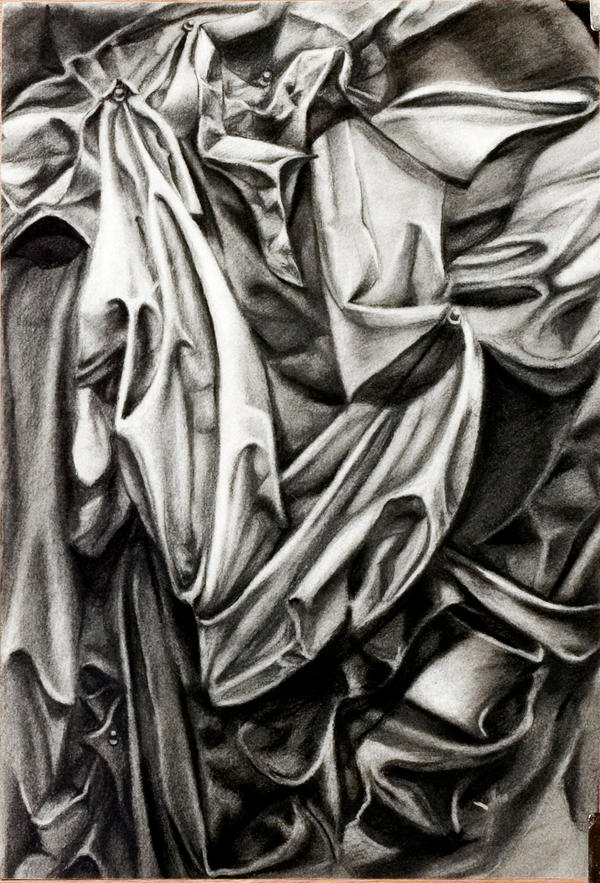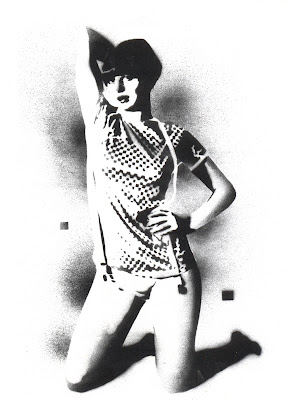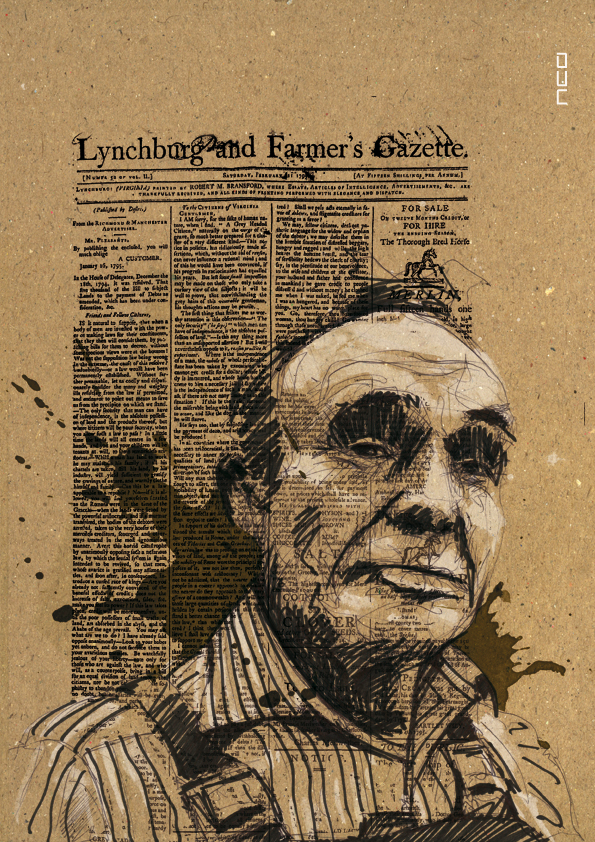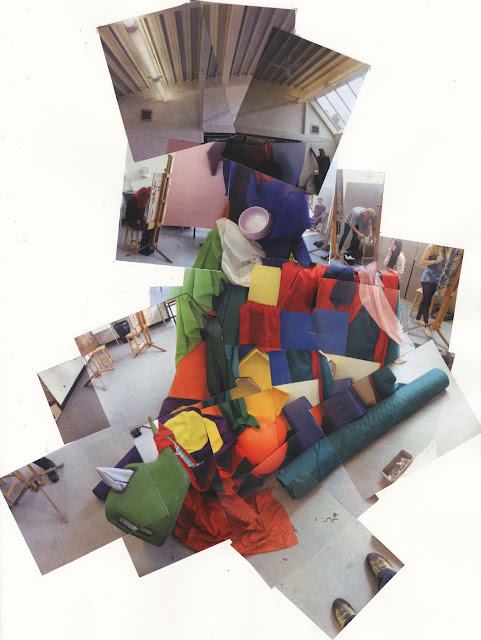You need to research and analyse at least 3 different abstract paintings by 2 different Artists (minimum of 6 paintings in total). The work should be thoughtfully presented over at least 4 sketchbook pages. Some suggested Artists to research are listed below. This work will be marked with the rest of the project when you hand in on Monday 6th October.
Hans Hofmann, Howard Hodgkin, Albert Irvin, Gerhard Richter, Jackson Pollock, Willem de Kooning, Richard Diebenkorn, Cy Twombly, Gillian Ayres, John Hoyland, Fiona Rae.
 |
| Jackson Pollock at work |
 |
| Gerhard Richter |
 |
| Albert Irvin |
 |
| Hans Hofmann |
 |
| Willem De Kooning |
RESEARCH
- Identify each Artist and include brief biographical details/background information.
- Find examples of artworks – get good colour copies, list dates, dimensions and media used.
- If you can find them, include quotations from the Artist. Try www.artquotes.net
ANALYSIS
- Give a detailed description of the artwork.
- Analyse – comment upon use of colour, composition, technique, scale etc.
WRITTEN RESPONSE
- Give an opinion on the Artworks, but ensure you justify what you say. Avoid simple value judgements (‘I really like/dislike…’) or vague, meaningless statements (’This piece is really effective’). Comment upon how successful or unsuccessful you find the artwork, and give specific reasons why you hold this opinion (I find this painting particularly successful due to the way in which the Artist has created a balanced composition by distributing the strong red colour evenly throughout the piece).
- What is the relationship between this work and your own? Identify and explain connections between this artist’s work and your own.
VISUAL RESPONSE
- It is important to also include your own visual responses to artists’ work. This can either be a copy of an artwork (or a detail of a work) with the purpose of analysing technique; a diagram or study that investigates certain formal elements of the artwork (composition, brushwork); or a piece of your own work that clearly uses some of the techniques, methods or aspects of this artist’s work.
OVERALL PRESENTATION
- Take pride in the overall presentation of your research, it should not be rushed. Consider each element carefully: type, layout, titles, visual responses etc.
















